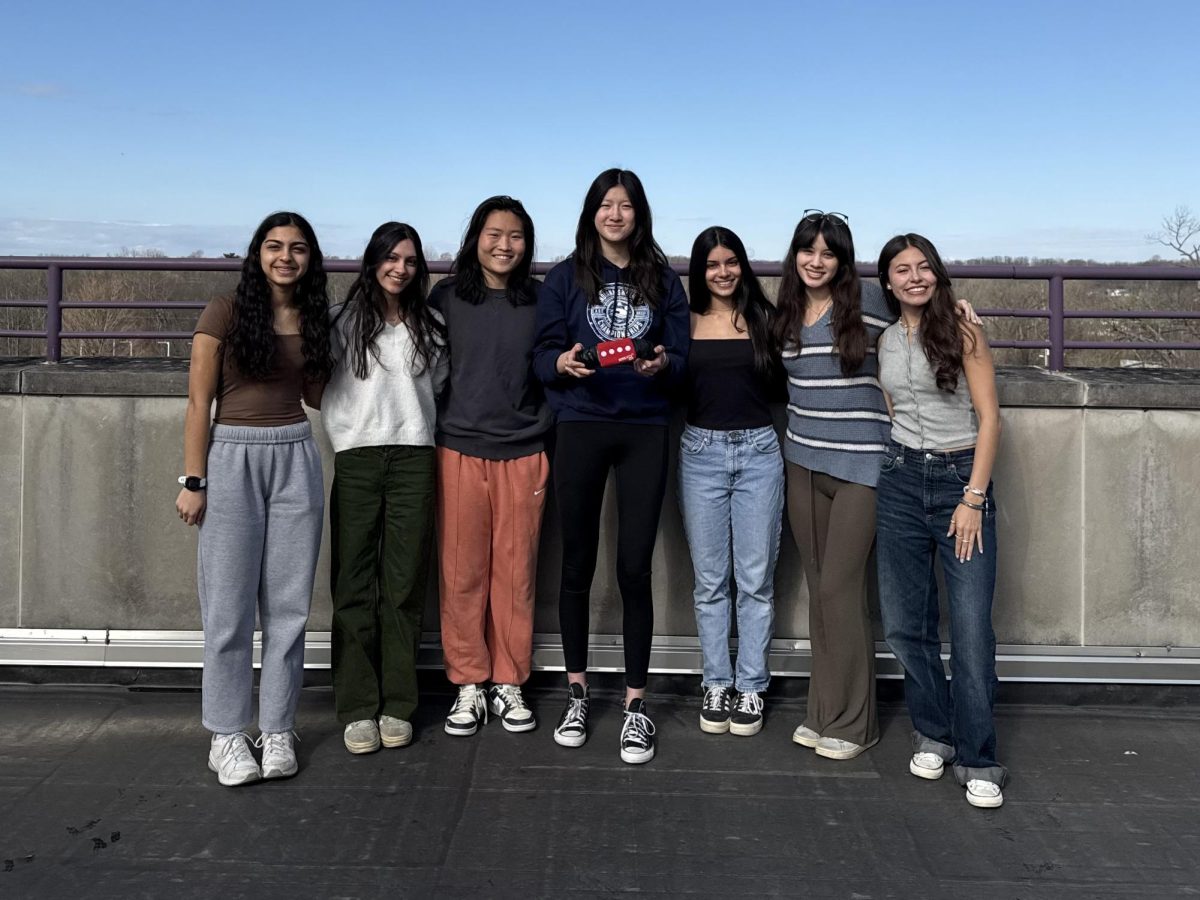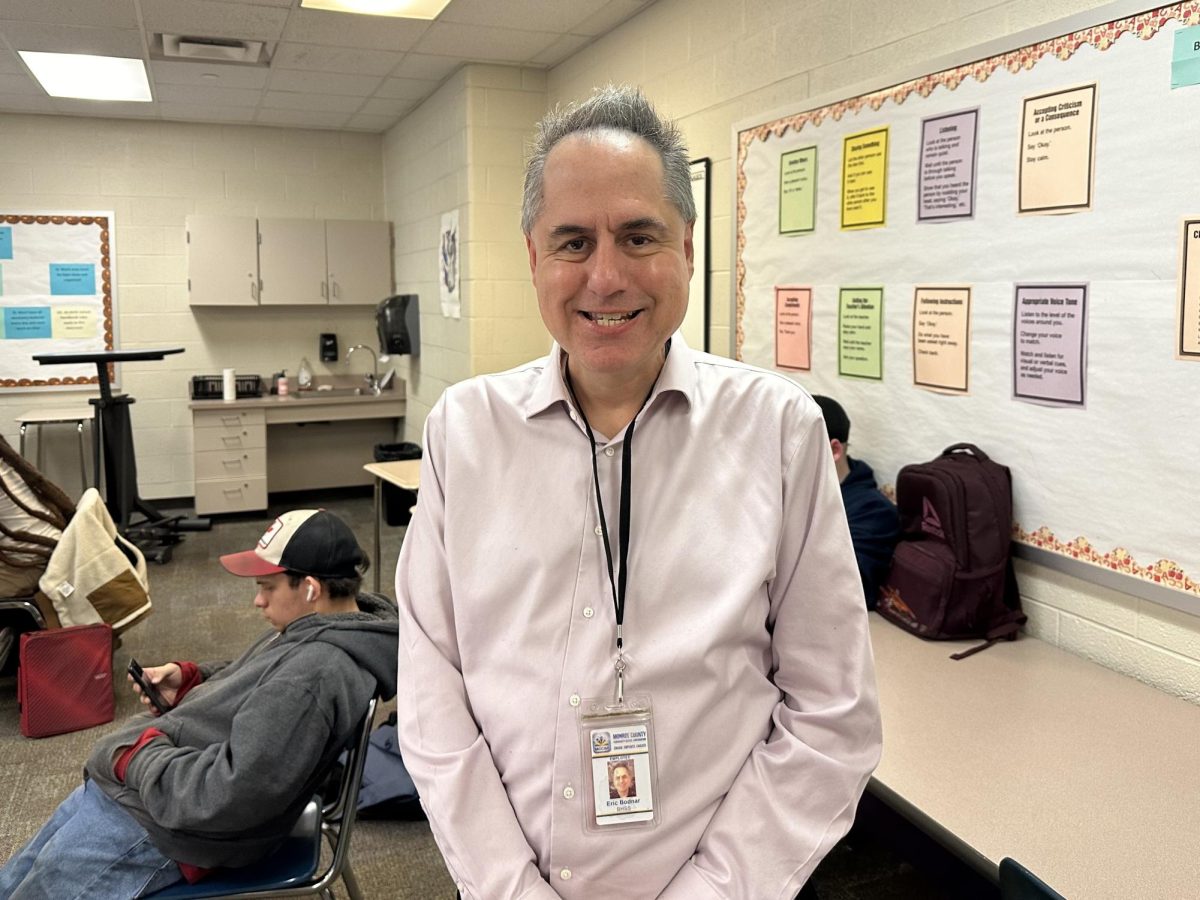To go back or not? Not everyone agrees on what’s best.
On August 25, the MCCSC board reconvened to shape its policy for the next few months. Based on recent Monroe County health indicators, they decided that schools in the district would be able to open September 8, with elementary students going fully in-person, and high schoolers going hybrid. For South students, this means that they’ll be in person two or three days a week with students in the same half of the alphabet by last name as them, with all of this subject to change if indicators get worse.
However, with the first three weeks of online school nearly finished, students in the district are divided between being used to the new online program and being ready to go back in person, and not everyone thinks MCCSC’s decision was the best possible. Of course, these are trying times and decisions like these are largely uncharted territory; issues like community safety, social interaction, and range of choices for families are difficult to balance. Because of this, there’s no real consensus on the best direction for schooling to take for the remainder of this term.
For some students, safety takes the highest priority in their view on the corporation’s decision. Junior Zander West favored a fully-online approach to schooling like the current one, saying that “with the [IU] students coming in… now,” concerns of increased spread of Covid-19 in Monroe County make it too difficult for MCCSC students to return to in-person classes soon. Despite his view that the current online system is “tough” due to more difficulty communicating with teachers, West said he thinks he’s adjusted more and it could continue to work.
West’s interview followed shortly on the heels of the University of North Carolina’s decision to close for the semester after their highly publicized and disastrous reopening, an event that makes worries of how the university opening will impact the county all the more relevant. UNC reopened earlier this month, with a hybrid, partially online, partially in-person program similar to IU’s. Within a week of reopening, there were at least six infection clusters and UNC was forced to close after less than two weeks. However, North Carolina failed to aggressively test its students, in particular its off-campus students, an area that it appears that IU is doing better in. Whether these extra measures will be enough to keep IU open longer is unclear, and its impact on MCCSC schools is even less clear.
In contrast to West, freshman Bryson Marlett advocated for a method that leaned more toward giving families a choice, and the option of allowing students back into the classroom. His preferred choice was an offer of a “hybrid,” “every other day” approach similar to the one proposed before the beginning of the school year. This, Marlett claimed, would “have [fewer] people inside the school” while still allowing “people… [to] be able to go to the school.”
With Monroe County’s future situation being largely contingent on unknown factors, such as how IU will handle its on-campus student body and how County government guidelines will evolve, it’s difficult for anyone to predict whether schools will remain in a hybrid program. If the situation will be under enough control that families can be given a choice as students like Marlett would prefer, or if the school corporation would rather be, as West puts it, “safe than sorry,” is very much up in the air.


